Last Updated on June 28, 2024
Interested in growing loads of tasty elderberries in your garden? Consider some of these elderberry companion plants for improved yields, flavor, and resistance to pests and disease.
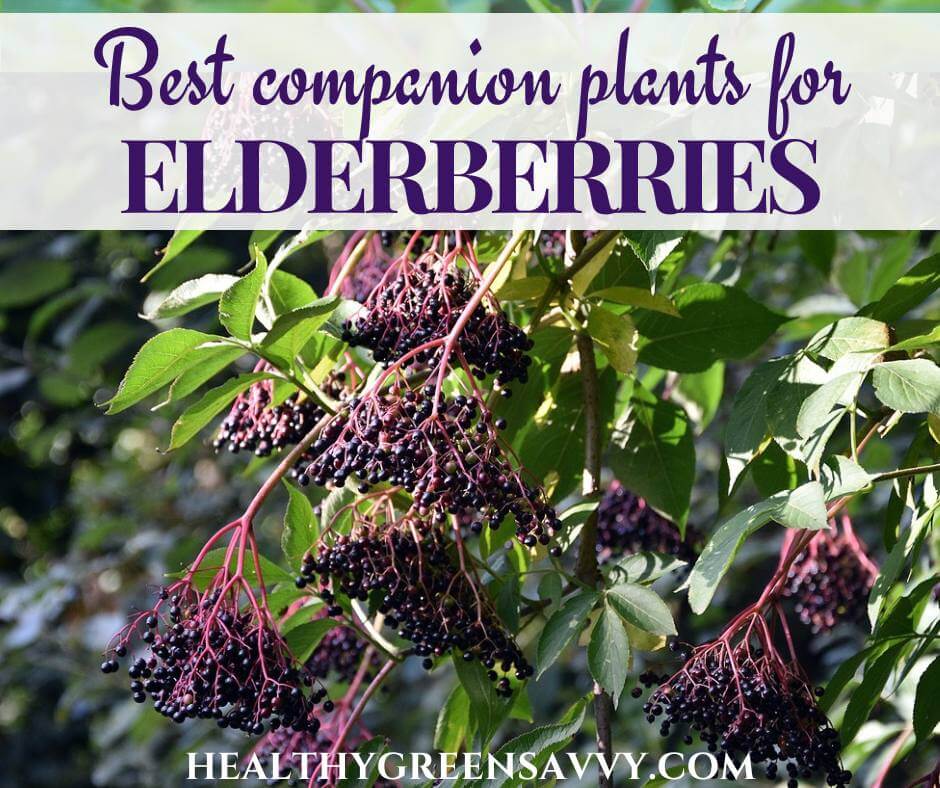
- WHY CHOOSE COMPANION PLANTS FOR ELDERBERRY?
- WHAT ARE ELDERBERRY COMPANION PLANTS?
- BEST ELDERBERRY COMPANION PLANTS
- TOP ELDERBERRY COMPANION PLANTS: OTHER ELDERBERRIES!
- COMPANION PLANT MUSHROOMS WITH ELDERBERRIES TO ENCOURAGE MYCORRHIZAE
- USE CLOVER AS A NITROGEN-FIXING LIVING MULCH
- ATTRACT POLLINATORS AND IMPROVE SOIL WITH YARROW
- DETER PESTS WITH GARLIC
- REPEL PESTS AND CONSERVE MOISTURE WITH NASTURTIUMS
- PROTECT ELDERBERRIES FROM PESTS & DISEASE WITH STRONG-SMELLING HERBS
- WHAT NOT TO PLANT WITH ELDERBERRY
As the benefits of elderberry have gone mainstream, more people have planted elderberries in their gardens. If you’re interested in joining the ranks of elderberry fans growing plentiful berries in their own yards, here’s everything you need to know about growing elderberry yourself. Elderberry shrubs are beautiful and adaptable, and you can grow them in an ornamental yard even if you don’t otherwise garden for food.
In order to get the most out of your elderberry plantings, consider choosing some of these companion plants for elderberry to boost yields and repel pests. Read on to learn about elderberry companion planting.
WHY CHOOSE COMPANION PLANTS FOR ELDERBERRY?
If you have a smaller garden, you’re likely looking for ways to grow more food in less space. Companion planting allows us to fit in more plants while improving yields of both elderberries and their companion plantings.
Though commercial growers generally advise against planting other crops with elderberry, elderberry bushes are common features in permaculture groupings called guilds.
Guilds are designed to circulate nutrients, water, and light as efficiently as possible by planting mutually beneficial plants near one another. Some may attract pollinators, others fix nitrogen or accumulate minerals from deep in the soil.
Permaculture helps boost the productivity of your garden while reducing the work required. Here’s what to know about starting a permaculture garden.
Elderberries are among the small number of plants that can deal with the juglones given off by walnut trees, so they’re often used in walnut guilds, in addition to currants, mulberry, and hackberry.
To limit competition for nutrients, it’s best to mulch immediately under your elderberry bush, adding your elderberry companion plants outside the elderberry’s root system.
Like zucchini companion plants and strawberry companion plants, elderberries can benefit from growing near plants that can help deter pests, protect against disease, and boost yields. In turn, elderberry plants can benefit them as well.
Interplanting mutually beneficial crops with your elderberries can help ward off insects and diseases, increasing the health of your plants and boosting yields.
If you’re interested in companion planting, there are lots of spinach companion plants and rhubarb companion plants to explore as well.
Companion plants for elderberries can benefit your garden in several ways, by
- Protecting plant health
- Boosting yields
- Encouraging beneficial insects and repelling pests
- Promoting pollination
- Saving space in the garden
- Hindering weeds
- Diversifying garden crops
Sound good? Read on to find which are the best companion plants for elderberries.
WHERE TO BUY SEEDS FOR ELDERBERRY COMPANION PLANTS
You’ll find seeds for these elderberry companion plants at most garden centers as well as online from your seed and plant companies. High Mowing Seeds, Botanical Interests, Seeds Now, and Eden Brothers, carry many of them. You can also find a large selection of seeds from growers on Etsy
WHAT ARE ELDERBERRY COMPANION PLANTS?
Some posts purportedly about elderberry companion plants really just list some plants that might look nice or be a pleasant additional edible plant in the garden. I’m going to stick more with the spirit of companion planting and limit suggestions to those plants that might actually provide some benefit to your elderberries.
Elderberries are often planted in permaculture guilds with walnuts, since they tolerate the juglones exuded by these challenging trees. Juglone-tolerant currants and hackberries are other common features of these guilds. If you have a walnut in your yard, an elderberry bush might make an excellent companion planting for it.
Elderberry plants have very shallow root systems, so it’s important not to plant anything that will compete for nutrients in the top layers of soil. This generally means you won’t directly underplant the shrub as you might more deep-rooted berry bushes, but rather you’ll cover the roots with a thick layer of mulch and then situate your elderberry companion plants far enough away from the roots that they won’t cause problems.
Because of elderberry’s shallow roots, it’s probably best to work with other perennials, so you won’t be digging around your elderberry’s root system. Plus you won’t have to remember to replant each season, when there’s so much else to do in the vegetable garden.
Elderberry shrubs prefer slightly acidic soil (pH 5.5-6.5), so site them near plants that like a similar pH. It’s best if light and moisture requirements are similar as well.
BEST ELDERBERRY COMPANION PLANTS
TOP ELDERBERRY COMPANION PLANTS: OTHER ELDERBERRIES!
While additional elderberry plants doesn’t exactly sound like companion planting, elderberries reportedly do best if planted within 50 feet of another elderberry.
Though you’ll often see recommendations to plant multiple elderberry cultivars, the elderberry experts I interviewed for my book on elderberries told me it isn’t necessary. However, they noted, planting more than one variety may be a wise move anyhow, as one type might fare better in your specific growing conditions and will allow you to determine which cultivars you prefer.
More than one grower I spoke to lost nearly all of one type of elderberry while others surprised them by thriving. Gardening is always an experiment with the conditions you have at your site, so trying multiple elderberry varieties is a good way to find out which plants prefer those conditions.
If you’re not sure which types are best for your garden, be sure to check out this detailed post on elderberry varieties to choose from. Though most nurseries carry just a few common elderberry cultivars, you can find a wide variety of options available with better flavors, yields, and hardiness if you know what to look for.
COMPANION PLANT MUSHROOMS WITH ELDERBERRIES TO ENCOURAGE MYCORRHIZAE
Elderberries thrive when there’s plenty of mycorrhizal activity in their soil, so in addition to planting elderberries with plenty of compost, consider inoculating mulch with edible mushroom spores to encourage mycorrhizal activity further.
One easy mushroom variety to try is wine caps, which readily colonize mulch and give you a bonus crop of edible mushrooms. Here’s one source for spores; you’ll find information on cultivating them in the product details.
USE CLOVER AS A NITROGEN-FIXING LIVING MULCH

If you’d like to try a living mulch for your elderberries, consider planting white clover, which will fix nitrogen, conserve moisture, and encourage microbial activity. The flowers and leaves of clover are edible and medicinal, so you can harvest more from your growing space than if you use wood mulch. Plus, since it’s perennial you don’t need to replenish it every year.
ATTRACT POLLINATORS AND IMPROVE SOIL WITH YARROW

Yarrow (Achillea millefolium) is a perennial herb with tiny flowers that help attract pollinators. Yarrow’s long taproot helps improve soil structure and brings nutrients to the surface. Yarrow has fern-like leaves and small, flat-topped flowers that are typically white, yellow, or pink.
A tough, easy-to-grow plant, yarrow can grow in full sun to partial shade and requires minimal maintenance.
Best of all, yarrow is a useful medicinal herb, offering you an additional source of plant medicine. Find out more about yarrow benefits and uses.
DETER PESTS WITH GARLIC
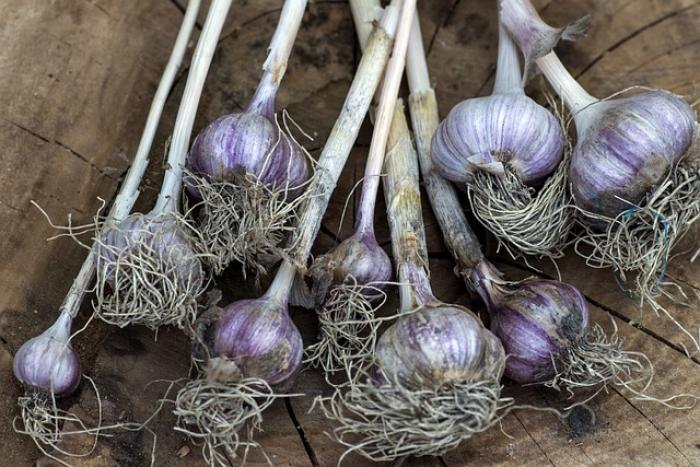
The powerful odor of garlic can helps deter pests, especially aphids, beetles, and slugs. Garlic may also help with Japanese beetles, which are fond of nibbling elderberry leaves.
Though garlic is usually planted as an annual, you can also grow it as a perennial so you don’t need to disturb the soil near your elderberries. Consider harvesting only the greens from your garlic, or plant it far enough away that you won’t be disturbing your elderberry’s roots when you dig up your garlic bulbs.
Here’s more about how to grow garlic.
REPEL PESTS AND CONSERVE MOISTURE WITH NASTURTIUMS
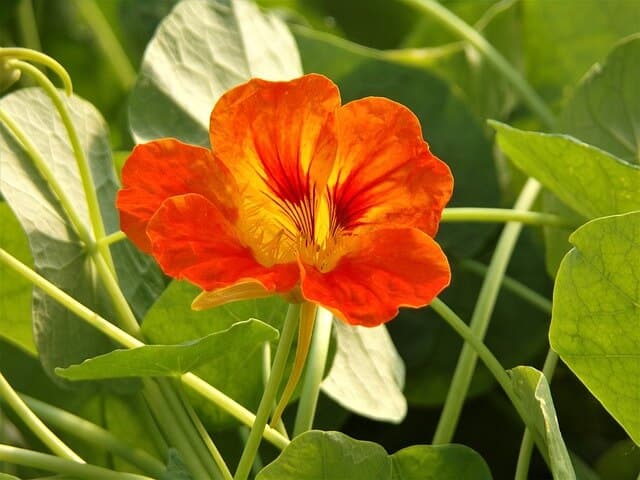
A common annual, nasturtiums can help repel beetles and aphids and provide an attractive edible ground cover that can shade the soil around your elderberries, helping to conserve moisture. Both nasturtium leaves and their striking flowers are edible and make a gorgeous addition to salads.
In order to avoid disturbing your elderberry’s roots, add the needed soil you’ll plant into rather than digging.
Botanical Interests carries several kinds of these beautiful edible flowers. I especially love the rich colors of ‘Black Velvet’ and ‘Mahogany.’
PROTECT ELDERBERRIES FROM PESTS & DISEASE WITH STRONG-SMELLING HERBS

Planting shade-tolerant herbs like thyme you can use in cooking or as homegrown medicine near your elderberries can help protect them from pests while you expand the possibilities of your medicinal herb garden.
Interplanting pungent herbs with your elderberries will help repel pests and discourage diseases. Plus you’ll get a bonus crop of herbs. Some to consider:
- Chives
- Creeping thyme
- Oregano
- Marjoram
- Lemon balm
Here are additional perennial herbs you might plant in other parts of the garden. Their flowers will add beauty and also supply food for pollinators, helping to increase garden yields.
WHAT NOT TO PLANT WITH ELDERBERRY
The two main things to know about elderberry plants are that to ensure good yields, you should
1. Avoid having other plants compete with them for nutrients and
2. Avoid planting anything that requires digging around the roots to sow or harvest. Elderberry roots do not want to be disturbed.
Though you’ll see mint mentioned in other posts recommending them as elderberry companion plants, in researching my book, I found recommendations to avoid planting elderberry with mint. An aggressive spreader, mint will compete with your elderberry for nutrients.
Other plants to avoid companion planting with elderberry:
- Fennel: Fennel exudes a compound that inhibits other plants’ growth, so keep it well away from your elderberries.
- Dill: Dill also inhibits other plants’ growth.
- Some sources advise avoiding planting strawberries and members of the nightshade family (solanacae— like tomatoes and potatoes) with elderberry because they host some of the same plant diseases.
LEARN MORE ABOUT COMPANION PLANTING
Want to know more about companion planting so you can use it to benefit more of your garden? The best-known book on companion planting is Carrots Love Tomatoes by Louise Riotte, one of the best gardening books to consider adding to your library. Below are some additional well-reviewed options.
WANT TO KNOW MORE ABOUT ELDERBERRIES?
There’s a lot of information about elderberries here at HealthyGreenSavvy. Be sure to check out our comprehensive guide to growing elderberries, as well as an ever-growing collection of recipes.
If you haven’t already, join our newsletter and get a free guide to using elderberries safely and effectively as a welcome gift.
Once you’ve got a bumper crop of elderberries, what to do with them?
- Make homemade elderberry syrup
- Brew a cup of elderberry tea
- Try these immune-boosting elderberry overnight oats
- Check out these other uses for elderberries
Don’t forget you can also use elderberry blossoms. Here’s what to know about elderflowers and how to make elderflower tea.
Pin to save these elderberry companion plants for later!

Elderberry companion plants cover photo by Artur Pawlak

Susannah is a proud garden geek and energy nerd who loves healthy food and natural remedies. Her work has appeared in Mother Earth Living, Ensia, Northern Gardener, Sierra, and on numerous websites. Her first book, Everything Elderberry, released in September 2020 and has been a #1 new release in holistic medicine, naturopathy, herb gardening, and other categories. Find out more and grab your copy here.

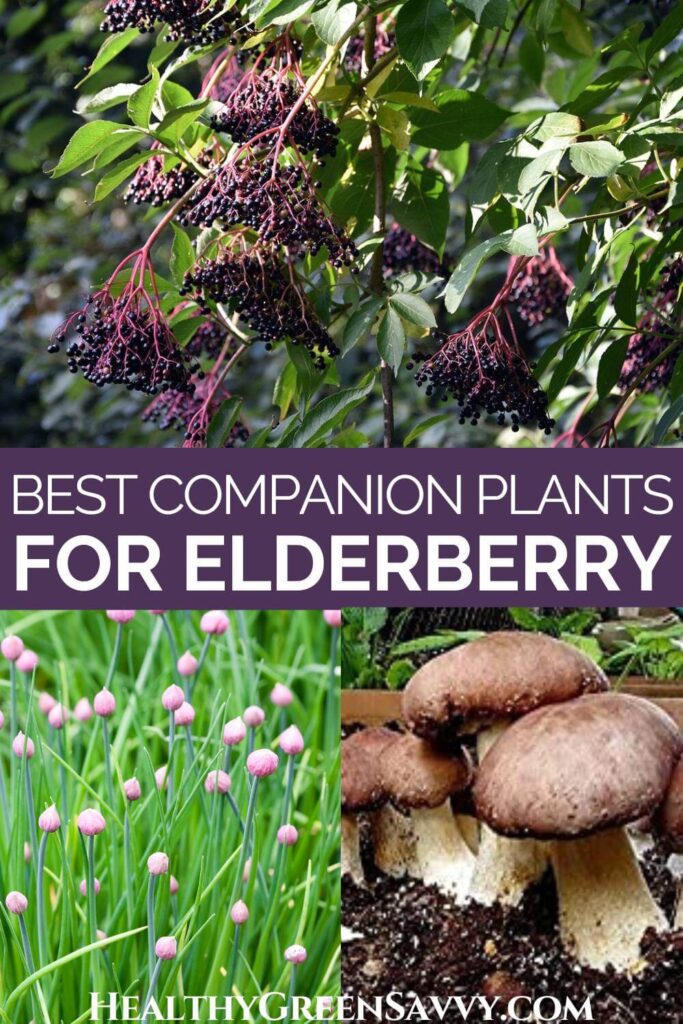




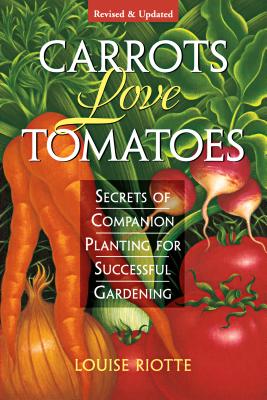

 Hi, I'm Susannah, a garden geek, energy nerd, and fan of healthy food and natural remedies. Need some simple, practical solutions for living healthier and greener? You've come to the right place! More about me and my green projects
Hi, I'm Susannah, a garden geek, energy nerd, and fan of healthy food and natural remedies. Need some simple, practical solutions for living healthier and greener? You've come to the right place! More about me and my green projects